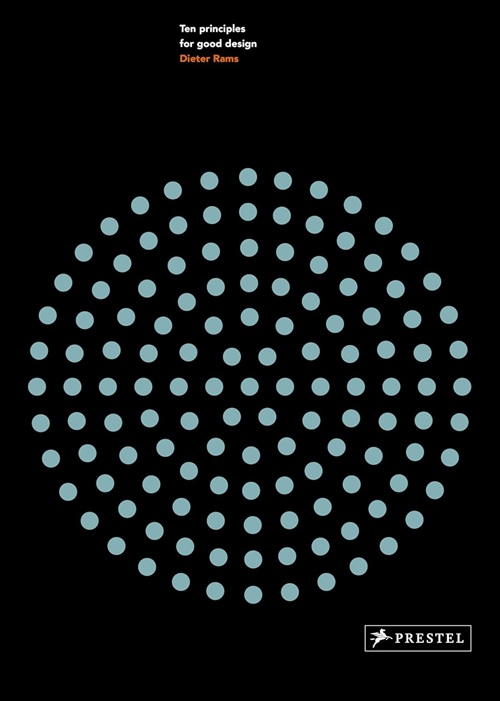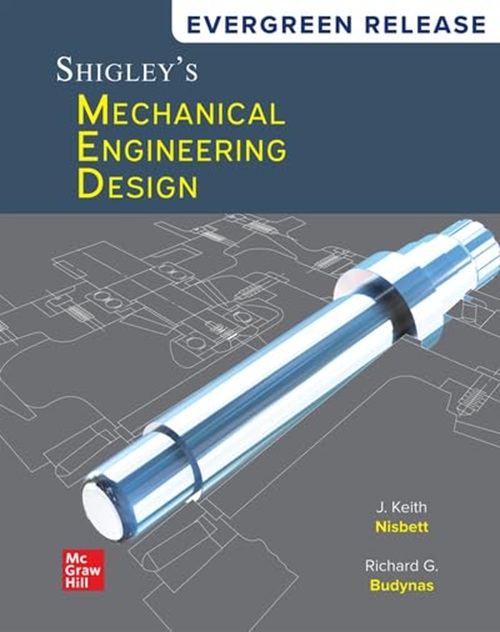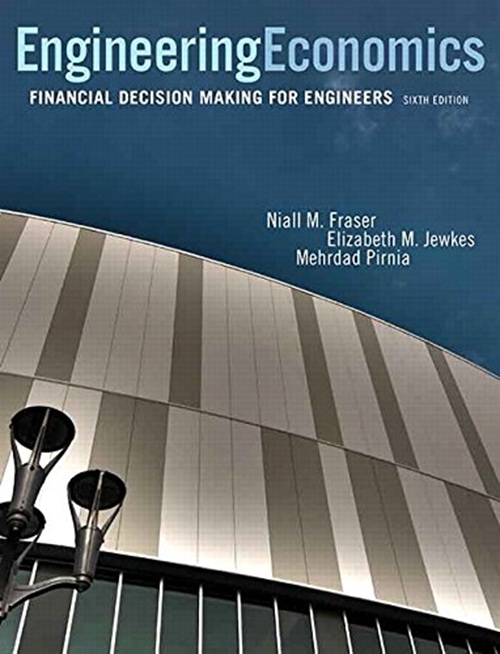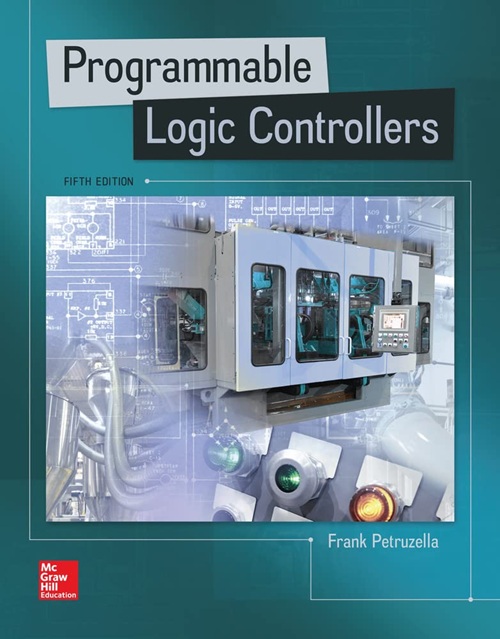Transcript of Selected Diploma Courses
Mechanical Engineering Technologies in Design and Development - SAIT Polytechnic

Product Development I & II
Text: Ten Principles for Good Design by Dieter Rams
Topics*: Product Development introduces the learner to the product development process. The learner will exercise concepts of technical and social functionality, including: functional constraints, end user data and manufacturability. The learner will apply the design process with practical applications through innovative hands-on projects. Projects will help the learner build proficiency in design methodologies including: problem definition, concept generation, ergonomics, applying design and material constraints. An emphasis will be placed on visual and written communication.
Grades: A+, A+

Machine Design
Text: Shigley's Mechanical Engineering Design by J. K. Nisbett & R. G. Budynas
Topics: Machine design analysis will be practiced for members under static and fatigue loading based on the relevant theory of failure and design criteria. Students will study the rules involved in traditional machine design details.
Grade: A+

Engineering Economics
Text: Engineering Economics by N. M. Fraser, E. M. Jewkes, & M. Pirnia
Topics: An introduction to economic problem solving and decision-making in industry. The learner will be able to perform feasibility studies for projects considering time value of money utilizing the fundamental concepts of engineering economics."
Grade: A+

Electro-Mechanical Systems
Text: Programmable Logic Controllers by F. D. Petruzella
Topics: lectro-mechanical Systems is an introductory course to the world of automation for manufacturing. The course includes theory and lab activities involving pneumatic, electrical, electro-pneumatic, robotics, and computer control applications. The course design is for the beginner who is new to the various control systems and will benefit all Mechanical Engineering Technologists in the workplace as many companies adopt automation for sustainable growth of evolving and competitive manufacturing industries.
Grade: A-
Capstone Project
Topics: Conceptual and embodiment design are the two essential parts of any real world mechanical design project. In this capstone, the learner will build on their program to-date to cement their ability to generate thorough design solutions through logical, systematic thinking when confronted with difficult, vague problems. Team-based skills sets are emphasized.
Grade: A+
Technical Modeling
Topics: By using industry standard 3-D modeling software the learner will create, analyze and communicate their designs. The models created will be analyzed for mechanical strength and optimization as well as for the sustainability of the materials chosen. The learner will generate 2-D drawings that comply with industry standards and norms to communicate their ideas.
Grade: A+
Engineering Materials
Topics: This course examines the classification, structure, properties, application and selection of common materials used in engineering applications. Material examples from each of the most common categories (ferrous alloys, non-ferrous alloys, polymers, ceramics and composites) will be examined. Other topics include casting and working of metals, heat treatment, effect of microstructure on properties, corrosion and failure analysis.
Grade: A-
Mechanics of Materials
Topics: Members subjected to various loading conditions (axial, shear, torsion, transverse and combined) will be designed to perform safely, based on regulating bodies and industry practices. Stress concentration factors at geometry discontinuities will be applied and strength and deformation criteria of design will be used. Structural components will be analyzed for combined stress states including stress and strain transformation. Basic design of pressure vessels and the basic requirements of ASME code will be addressed. Critical loads in columns will be determined. Introduction to experimental stress analysis and to FEA for stress analysis and computer simulation will be addressed.
Grade: A
Advanced Manufacturing
Topics: The purpose of this course is to examine the fundamentals of design for manufacturability and assembly, introduction to lean manufacturing, introduction to geometric dimensioning and tolerancing, and introduction to quality."
Grade: A
Product Analysis
Topics: Digital simulation allows the learner to simulate products during the design effort, before physical prototypes, which saves time and cost. Apart from helping to optimize designs, the learner will explore how simulations can streamline data and documentation generation. The learner will also use simulations as redesign departures and for rich product visualizations.
Grade: A
*All topics descriptions are from the Mechanical Engineering Technology course desciption available at www.sait.ca.